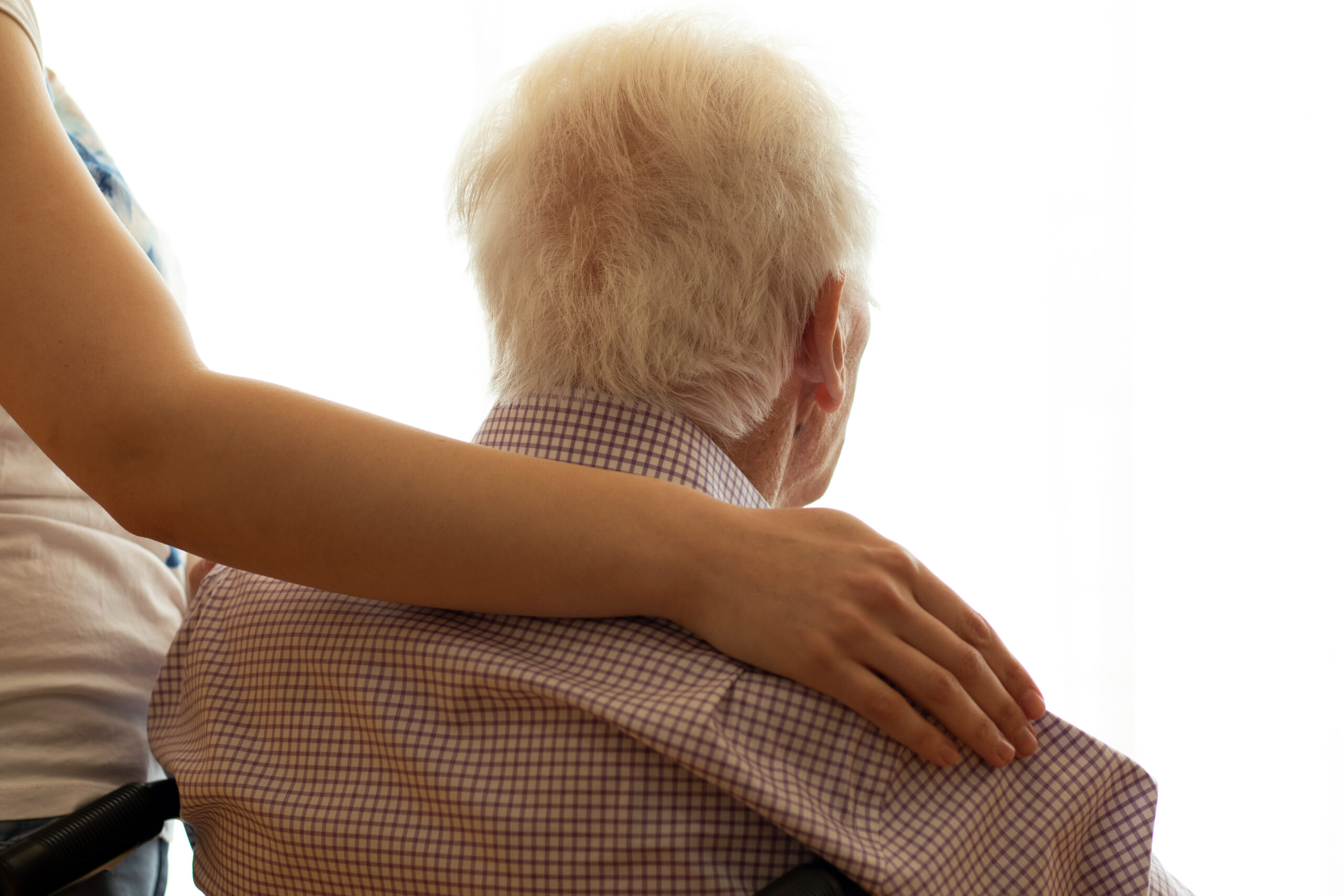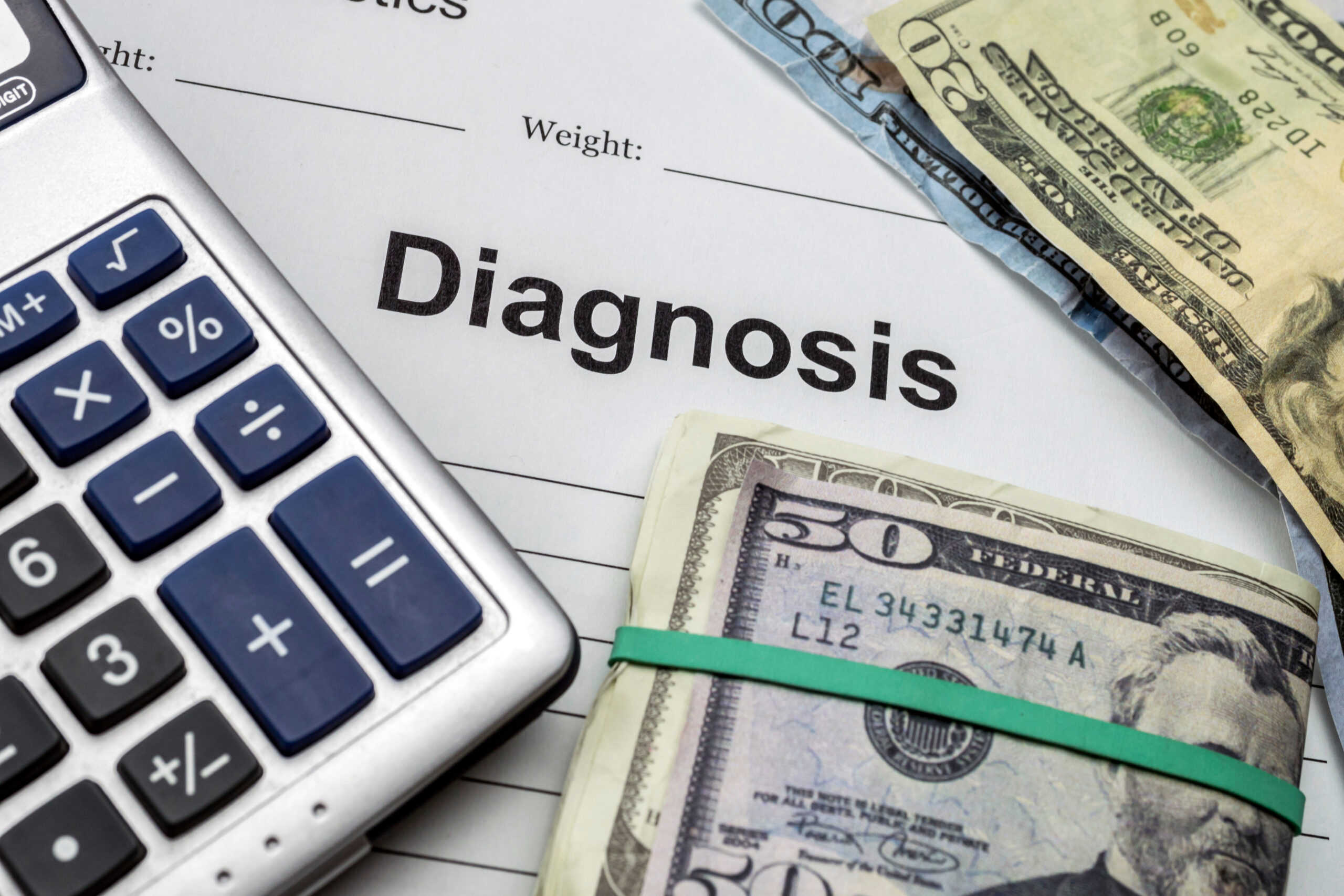The Real Reason Aging Affects Your Balance
As we age, many of us notice that our balance isn’t what it used to be. This isn’t just a minor issue; it can significantly impact our daily lives, making simple tasks more challenging and increasing the risk of falls. But what’s behind this decline in balance? The answer lies in a combination of changes that occur within our bodies as we grow older.
Firstly, our muscles lose strength and flexibility. This weakening affects our ability to make quick adjustments to maintain balance. Imagine trying to catch yourself if you slip on a patch of ice; younger muscles can react faster and more effectively, but older muscles struggle to respond as quickly.
Another key factor is the decline in our sensory processing abilities. Our bodies rely on a complex system of sensory inputs—visual, auditory, and somatosensory (from our skin and joints)—to maintain balance. As we age, our brain’s ability to process these signals efficiently decreases. This means we might rely more heavily on visual cues, which can be unreliable in low-light conditions or when our eyes are focused elsewhere.
Additionally, our nervous system undergoes changes. The myelin sheath, which insulates nerve fibers and helps signals travel quickly, deteriorates over time. This slows down the transmission of signals from the brain to the muscles, further impairing our reflexes and reaction times. It’s like trying to send a message through a slow internet connection; the delay can be critical in situations where quick responses are necessary.
Lastly, cognitive factors play a role. Education and engagement in mentally stimulating activities can enhance brain plasticity, which helps the brain adapt to these age-related changes. This means that individuals with higher cognitive reserve might be better equipped to compensate for some of the physical declines associated with aging.
In summary, the decline in balance with age is not just about physical changes; it’s also influenced by how our brains process information and adapt to these changes. By understanding these factors, we can take proactive steps to improve our balance through exercises and lifestyle adjustments, helping us stay active and independent for longer.





